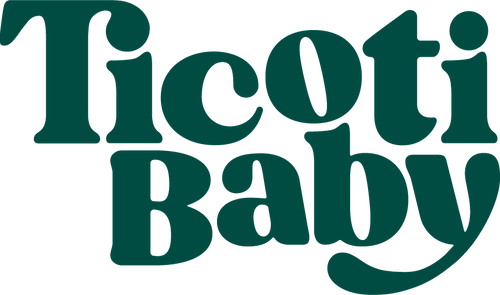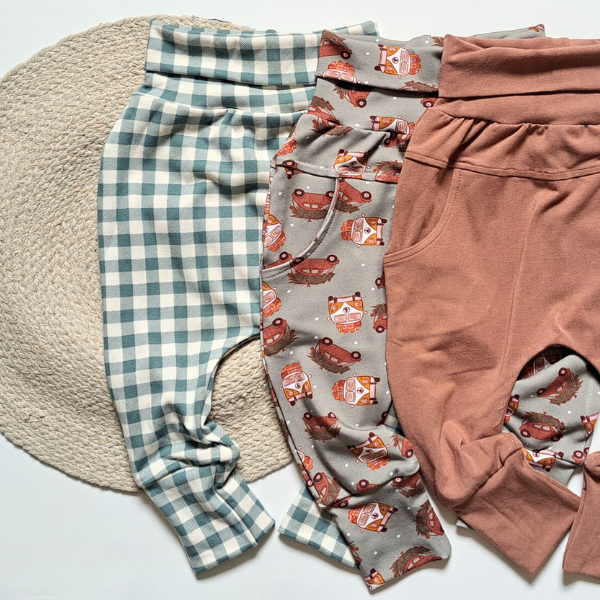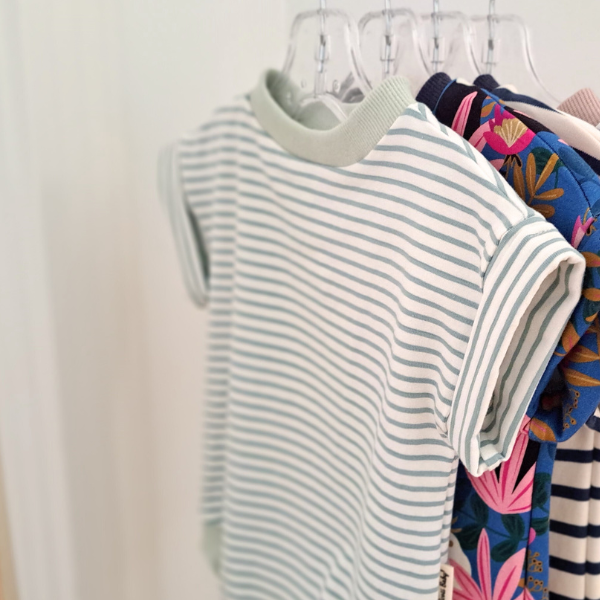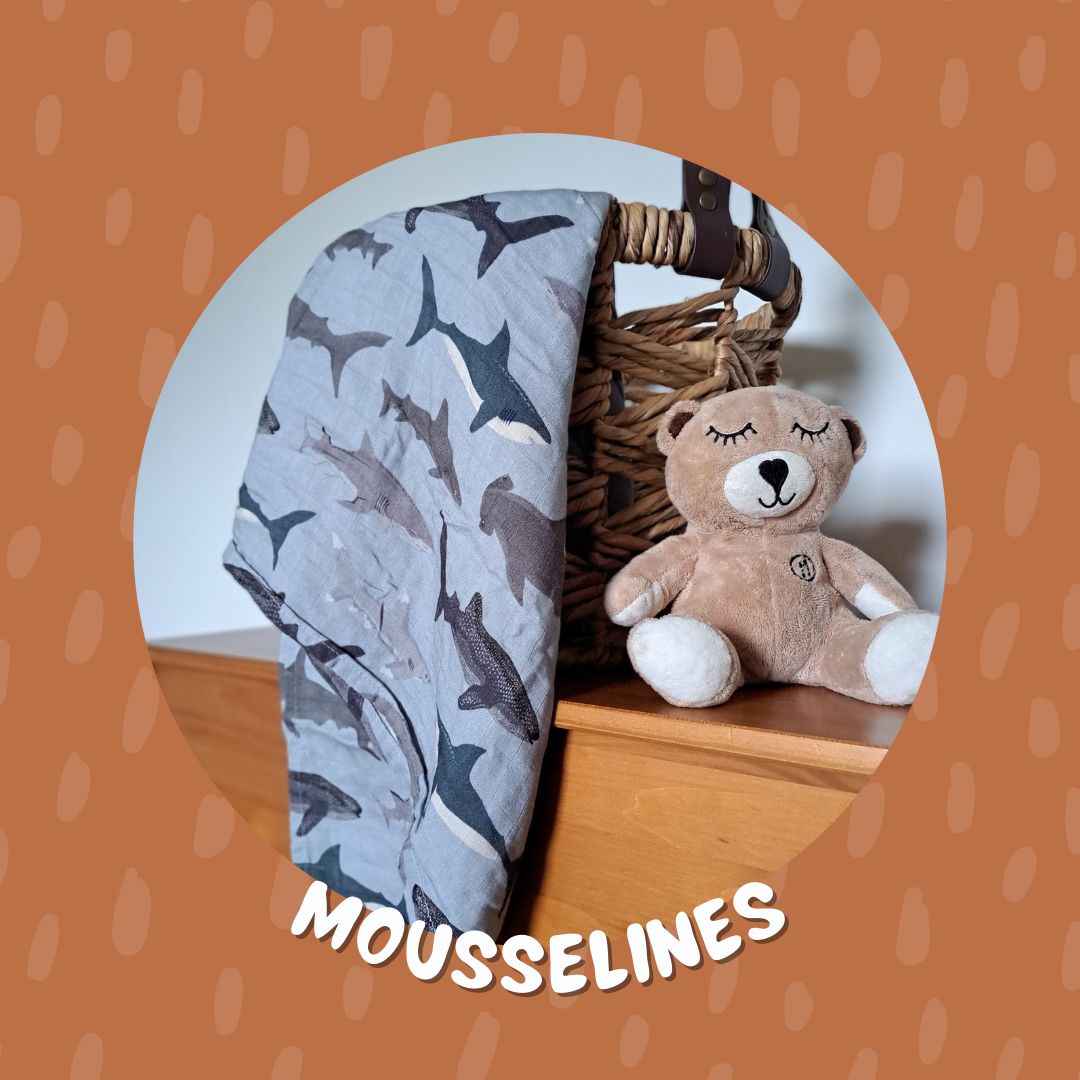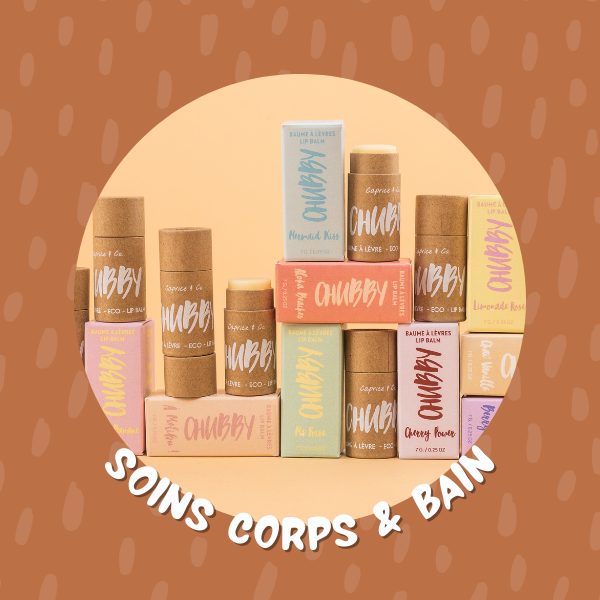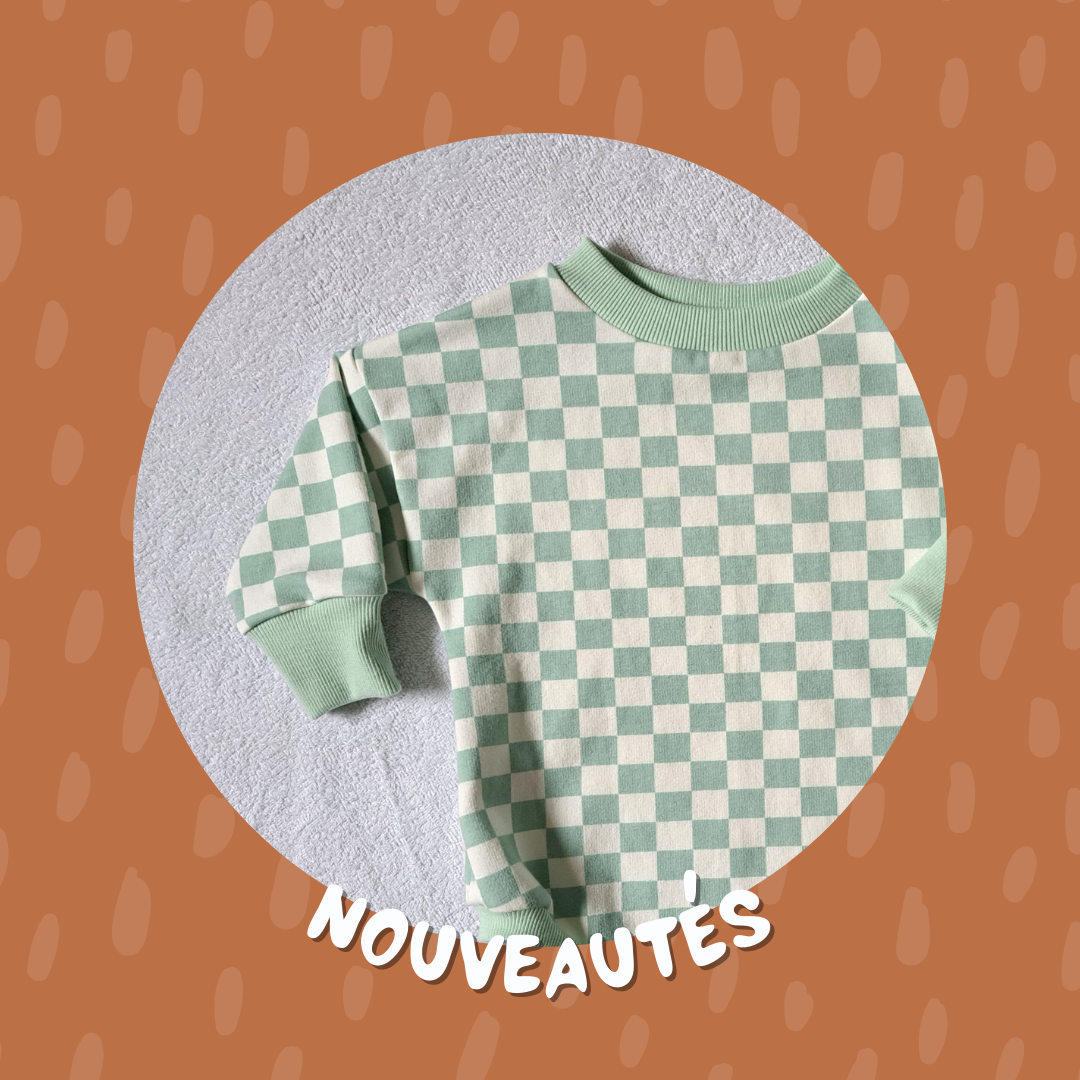What to pack in the daycare bag for spring and summer?
The warmer weather is coming soon, it's imminent! This means some small changes to children's daycare bags. And that's when I asked early childhood educators a few questions to understand their routines with toddlers, the ideal products for spring and summer, and also the items that literally make them roll their eyes.
The days are warmer, but the mornings are still cool. The snow is behind us, and the children are now ready to fully enjoy the outdoors.
What are the essentials to add to children's bags this summer?
--
Spare parts sets
It's a good idea to have at least two spare sets. Children get dirty, they can play with different materials, and it's not uncommon for pants or a t-shirt to get wet, filled with sand, or show some paint. It's a good idea to combine a longer garment with lighter, shorter garments.
Don't hesitate to do a little check-up every 2-3 weeks to make sure everything is there and that the clothes still fit!
We choose:
- Two bottoms: shorts, pants, leggings
- Two tops: t-shirt, cami, bodysuit
- A pair of light socks
- Two pairs of underwear, if the child is potty trained
- A little dress that's easy to put on, to wear with leggings or shorts
- A romper, with snap buttons.
We avoid:
- Hard to put on overalls
- Clothes with too many buttons
--
A warm long-sleeved sweater
In spring, and even summer, mornings are cooler. Add an easy-to-remove sweater to your child's bag. This way, teachers can take it off if it's too hot or put it on if the wind picks up during outdoor playtime.
We choose:
- Thicker sweater, cotton fleece style.
- Polar fleece sweater (for cooler days)
- Zip-up sweater
We avoid:
- Sweater with lots of buttons
--
A hat (not a cap)
Once the cotton or bamboo toque is no longer necessary, it's time to move on to small summer hats.
If there's one comment that comes up often, it's that we prioritize a hat that covers the back of the neck and little ears, rather than a cap. This avoids annoying sunburn on the tips of the ears and hides the back of the neck, which is sensitive to heatstroke.
It's a must-see.
We choose:
- A covering hat (cap style with panels or fisherman's hat)
- A hat that ties, preferably.
Jan & Jul hats have long been our favorites. But several Quebec brands also offer them, including Mase & Hats .
We avoid:
- Traditional caps
--
A UV swimsuit to go with shorts or a swimming diaper
The teachers pointed out that children can never be too protected from the sun.
They strongly recommend adding a UV swimsuit to allow children to play safely in the sun. They wear sunscreen, but the sun is strong and their skin is fragile.
We choose:
- A short-sleeved or long-sleeved jersey with UV fabric to cover the upper body
We avoid:
- Just a diaper or swimming shorts.
--
Sunscreen, but which one?
In all honesty, I had in mind that educators much preferred spray sunscreen for children. Perhaps not for toddlers, since it's not recommended for little ones.
BUT NO.
Cream sunscreen was by far the most mentioned. A formula with good coverage that's easy to spread is a good option. Especially since many daycares will get into the habit of applying sunscreen 30 minutes before going outside. With spray sunscreen, it "sprays" just about everywhere—in the eyes, in the mouth, in the room, oh well. Not great.
Stick sunscreen was also mentioned a few times since it's easy to apply and older children can apply it themselves. You know the famous phrase: "Can do it all by themselves"? It's Émile's (2 and a half years old) favorite.
We choose:
- A sunscreen in cream or lotion form
- A stick sunscreen
- A broad spectrum SPF 50+ sunscreen
We avoid:
- A spray sunscreen
Several respondents mentioned Douce Mousse sunscreen . Having tried it, I can confirm that it's easy to apply and doesn't stain. La Roche-Posay sunscreen was also mentioned several times.
And in stick form, it is Attitude sunscreen that was mentioned often.
--
The pool poncho or the beach towel?
Along with the little swimsuit, educators like parents to leave a towel or poncho to make drying easier during outdoor activities that involve water games.
But which one is better?
In fact, both have been mentioned several times. To be sure, ask the educator. Some will appreciate being able to use the towel to facilitate the return to calm, while others will appreciate the practicality of the poncho, allowing children to continue having fun in their swimsuits, with a poncho on their back.
If you're interested in the poncho option, you can get super loose-fitting ponchos that are easy to put on and take off directly from the online store. They give children plenty of freedom of movement and are as soft as little clouds.
--
What items should be avoided in daycare?
Certain accessories or clothing should be avoided and daycare services often prohibit them completely:
- Sunglasses : Keep them for home. Another child could break them or hurt themselves.
- Flip-flops or Crocs : These are not safe for activities outside of daycare. The vast majority of centers require sandals that tie, and sometimes even closed-toe sandals.
- Small shoes with soft soles : Some daycares require shoes with stiff soles, even for babies. With Émile, when he was 1 year old, we had a lot of trouble getting him to wear shoes because of his wide ankles. The Kickers brand shoes from the Panda store were really great and perfect for daycare play.
--
Packing a daycare bag can be a real headache. Most daycares have well-established lists, and if in doubt, it's best to refer to them for a list of prohibited and recommended items.
The most important thing is to have a change of clothes and keep in mind that it is better to bring child-safe items considering that the educators have several children to supervise at the same time.
Fashion accessories should instead be worn at home or when going out, under parental or adult supervision.
